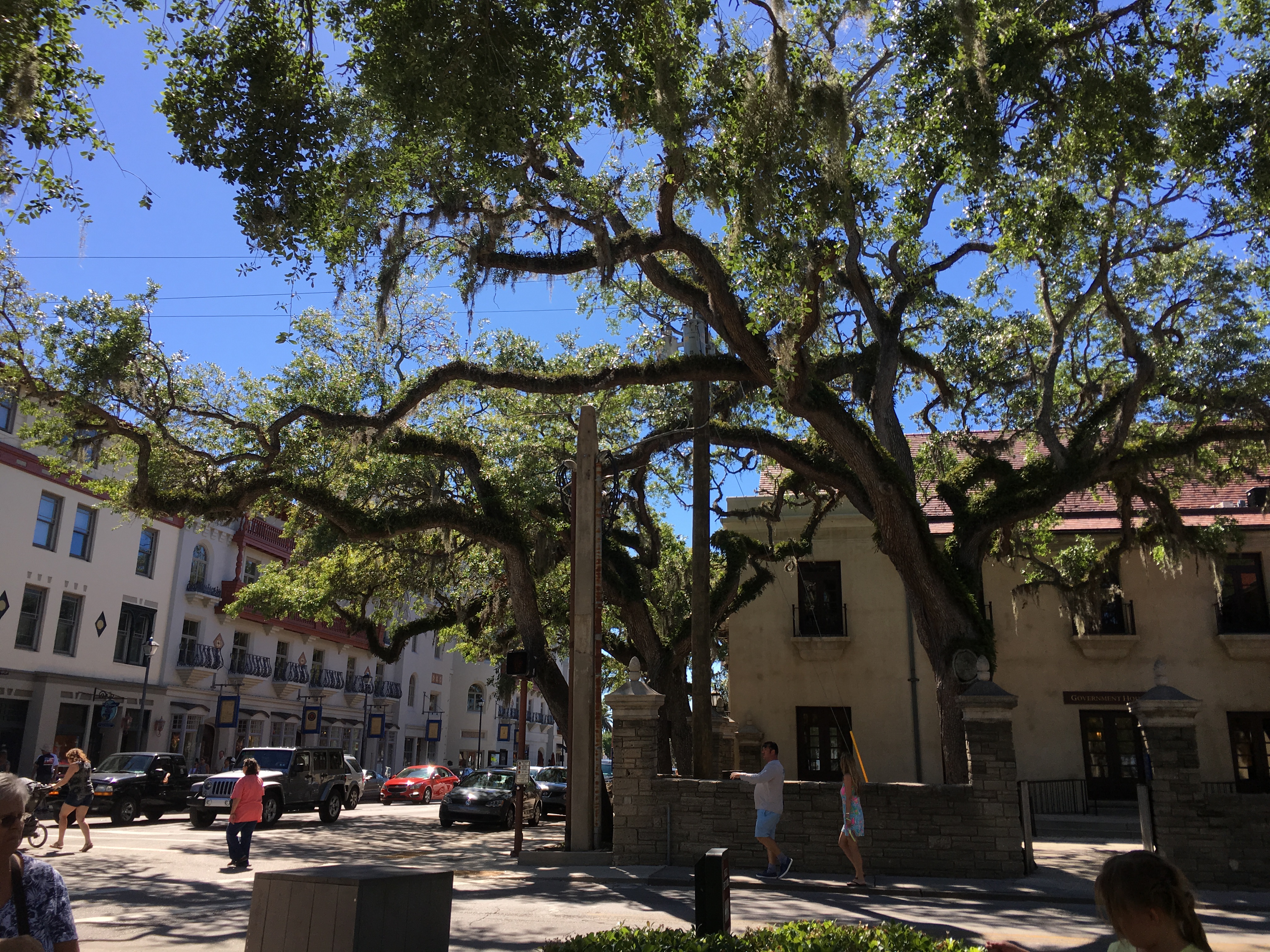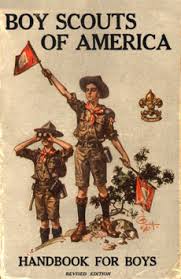I saw this recently as I was doing yardwork. It appears to be a robin egg:

It’s a pretty little egg, so I took a photo. Poor baby bird. I like how this solitary ant is enjoying the feast though, like “Screw the colony, this is mine!”
–Simon

Because the thought occurred now and it might be gone tomorrow
I saw this recently as I was doing yardwork. It appears to be a robin egg:

It’s a pretty little egg, so I took a photo. Poor baby bird. I like how this solitary ant is enjoying the feast though, like “Screw the colony, this is mine!”
–Simon
Do you know what they improved between MS Office 2013 and 2016? NOT A DAMN THING!
Okay, to be fair, there were some totally awesome improvements, like…window stacking? And new Excel graphs. And there’s this map function apparently. And better database integration support. This would totally be worth buying a new license.
Of course, that’s not their MO anymore. I realize it’s clichéd to blame Millennials for things as I’m apt to do, but it’s totally their fault. They expect software to have no upfront cost, and to be completely cloud-based. So now, Microsoft pushes subscription services instead. Yay, just like DRM! You never actually own anything anymore.
On the business side, we have the same thing: perpetual contracts, even when the new software adds no value. So what did Office 2016 change? Well, they moved all the functions around so I had to find them again. And now, repeated keystrokes cause some type of application layer panic and everything crashes.

Rant complete. But I’m not one to complain without suggesting a solution. I offer you an alternative: LibreOffice. It’s an open-source fork. So while you may be forever forced to use Microsoft products at work, you can still make a choice in your personal computing needs.

Now I’m going to get back to work and see if Excel launches.
–Simon
Last week we visited St. Augustine. From the perspective of humanity, Florida really sucks. I hate the people. I hate the culture.
However, focusing on the the biome itself (which is my preference), I did find it interesting. The warmer climate reminded me of my own childhood, and also served as a respite from the lingering Ohio winter. So, phone in hand, I cataloged points of interest:









–Simon
 Remember that story with the little people who would steal insignificant items from around the house in order to craft useful tools needed for their survival? It was a humorous take on the phenomenon of small and low-value clutter vanishing, seemingly without explanation. It’s an innocent way to cope with the irritations of their misplacement.
Remember that story with the little people who would steal insignificant items from around the house in order to craft useful tools needed for their survival? It was a humorous take on the phenomenon of small and low-value clutter vanishing, seemingly without explanation. It’s an innocent way to cope with the irritations of their misplacement.
Yet, fantasy aside, I notice a certain parallel between this event and the real world, specifically at work. Why? This building, a former military structure, might harbor the remnants of tiny X-Files-esque creatures, and that would be a far more entertaining explanation, but the more rational conclusion is that people as a whole posses flexible morals–which is a nice way of saying they’re lowlife thieving bastards.
“If it isn’t yours, don’t touch it.” It’s a very simple bit of life guidance imparted by mothers upon their children, and then quickly disregarded. Even in those days, school supplies and personal trinkets would go missing from my desk and wall-cubby–the problem being that personal storage at school had no means of security. Once the scholarly youth reach a certain age, we apparently begrudgingly acknowledge that their innocence has been lost, and provide them with lockers. Overnight, this solves the problem of theft.
From this moment on, we’re taught the basics of personal security. We lock up our houses, cars, computers, and phones. Any personal item not on our person gets secured. Digital information receives encryption and access control. Then we go to work and apparently, we completely un-learn everything we’ve ever learned about security, regressing back to grade school. We’re issued cubicles which by their very nature are about as low-security as you can get. And despite the regular lectures we receive about building security, the edifice is apparently so low-security that people have accidentally found their way into it, mistaking it for the courthouse next door, all the while patrolled by a security force too young to even buy beer.
Certainly everything could get locked in desk drawers, but that limits the efficiency of even having a desk if you have to go constantly rummaging. Also, being human, it’s nice to have a small degree of personal effects upon my desk, such as photos, to remind me why I even come to work at all (it isn’t to fill empty time or to find meaning in my life). And in my tenure with this company, things have gone missing from my desk.
Now, why do people steal? I’ve pondered this question, but in the context of an office setting, I can’t think of a better explanation than “I want that”–so basic greed and self-serving motivations. This isn’t a very interesting concept to explore, as it’s a basal animal reaction to a stimulus, so instead I focus on an observation: not why people steal, but what.
Based on past experiences, I find the items that go missing are valued at around $5 and hold no apparent sentimental value: decorations and office supplies. These are items which could be requisitioned by the administrative assistants, or purchased at any general retailer, but apparently that’s too much trouble. I’m assuming people, not without mom’s words of wisdom, have a general aversion to causing others pain, and so limit their thefts to items of low value so as not to cause financial stress, and avoid sentimental items because of the emotional pain their loss would inflict. In the thief’s mind, the stolen item then isn’t all that important, so there isn’t much guilt involved with the crime, and besides, they could always justify the act as borrowing, like the person who borrowed my ruler…3 years ago? (I’m still waiting for its return).
Life lessons are always bitter. I’ve learned to limit my desktop to pictures and general office supplies whose loss wouldn’t really upset me. It’s an impersonal and spartan work environment, unquestionably impacting morale. Maybe in another 10 years, my pay-band will net me an office.
–Simon
 I am not from Ohio. I spent my adolescence in Texas. Consequently, upon moving to Ohio, I discovered cold winters to be a bit of a novelty. I certainly wasn’t a stranger to cold, by my experience with it was primarily derived from Boy Scout camping trips in the mountains of New Mexico. As a result of these very specific circumstances, I learned how to dress appropriately for the elements because I couldn’t escape by going inside. Apparently this respect for the natural word is a bit uncommon in our overly-comfortable lives.
I am not from Ohio. I spent my adolescence in Texas. Consequently, upon moving to Ohio, I discovered cold winters to be a bit of a novelty. I certainly wasn’t a stranger to cold, by my experience with it was primarily derived from Boy Scout camping trips in the mountains of New Mexico. As a result of these very specific circumstances, I learned how to dress appropriately for the elements because I couldn’t escape by going inside. Apparently this respect for the natural word is a bit uncommon in our overly-comfortable lives.
Upon moving to Ohio, I gradually realized that I needed to wear a coat/jacket 5 months of the year. That’s right, almost half the time I need some sort of protection from the cold. What does this mean to any self-respecting young man who mildly cared about his appearance? It means, if I am to wear a coat constantly, it should at least have a modicum of style.
Like most people at the time, I had a tactical fleece coat with a brightly-colored nylon outer shell. In hindsight, I find it a bit odd that this is still the general preference, since I highly doubt that anyone wearing one is about to depart on some expedition into the wilderness. A tactical coat might be effective, but it looks juvenile when worn out of context. For example, it doesn’t pair well with slacks and a button-down. And yet, for those who even bother to wear a coat at all (more on this later), it is the go-to combination.
Boy Scouts has paramilitary origins (i.e. scouting). And unlike the scouts programs in more liberal regions, scouts in Texas definitely honored its beginnings: we marched in uniform, carrying our gear; we hiked to exhaustion; we trained with rifles; we routinely practiced field medicine. You get the idea. And I believe that my involvement in this program as a youth still influences me in adulthood–even though I’ve always remained a civilian.
Ultimately, through some combination of the above factors (sense of style, function, and regimented discipline), when it’s cold, I turn to a garment which embodies this function/style fusion: my trenchcoat.

Ah yes, no doubt you’re having visions of school shootings now, or flashers, or Nazis, or…The Matrix (people still think it’s funny and original to call me Neo (it’s not)). I find it curious that a garment has become an icon for the violent and sexually deviant. I’d like to say that I’m neither (fairly certain). But the trenchcoat does has military origins, and was therefore born of practicality.

Granted the ones I wear now have been adapted from their original purposes, but the protection they offer is unequaled. They cover the whole torso and upper legs, have multiple layers of differing fabric, and an air gap. In terms of coverage and insulation, you couldn’t ask for a more effective coat. My point being–this type of winter wear has form and function, and a good choice for the modern man to look well-dressed, respect nature’s brutality, and to posses the discipline to wear the appropriate clothing despite comfort and convenience.
As an aside, I’ve also noticed that many don’t even bother with winter attire at all. I’m definitely the only one in a building of ~1400 people who wears a trenchcoat, yes, but I’m also one of a small number who puts on any coat. It was 18 degrees outside recently and I only saw hoodies. I’m not sure if this is common in the Midwest in general, or if this is an Ohio thing. But, it has been my experience that these regional natives never wear winter-appropriate clothing, and yet they complain about the weather constantly.
Why do functional and stylish garments fall into disuse? I could make this same argument for the fedora, but even I’m not quite ready to go that route.
So, you might look at me strangely, but I’m dressed appropriately for the weather, but when your car breaks down, it’ll be your frozen corpse on the roadside.
–Simon